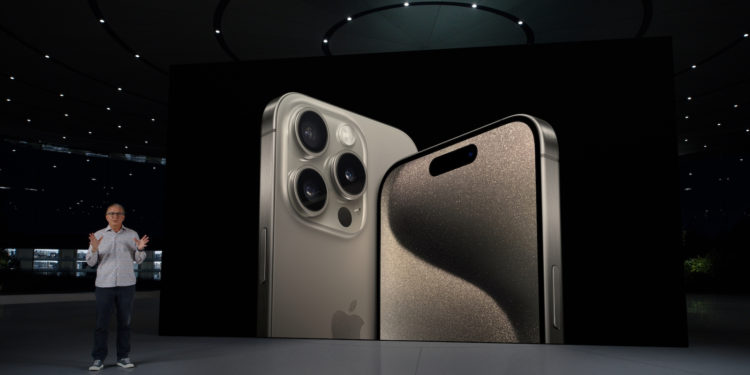The latest iPhones, the iPhone 15 Pro and iPhone 15 Pro Max, are finally on the market. These new models are equipped with the groundbreaking A17 Pro chip, which was manufactured using the 3-nanometer process. Apple promises that this chip is up to 20% faster than its predecessor, the A16 Bionic. If you take a look at the first Geekbench results, it becomes clear how much power is packed into this new chip.
Apple has once again exceeded expectations by integrating the A17 Pro chip into its new iPhone 15 Pro. This decision promises not only higher speed, but also improved energy efficiency and graphics performance. But how does the A17 Pro perform in benchmarks? The first Geekbench results offer an exciting insight into the real performance of this chip. The first Geekbench results of the iPhone 15 Pro are now available, and they show that the A17 Pro chip actually delivers on its promises.
Faster, more efficient, more powerful: The A17 Pro chip in the iPhone 15 Pro
Geekbench is a benchmarking platform that measures CPU performance and allows users to compare different devices. According to Apple, the GPU of the A17 Pro chip is 20% faster than that of the A16 Bionic, while the CPU only shows a 10% increase. The Geekbench results confirm these comparisons. The A17 Pro achieves an impressive 2914 points in single-core and 7199 points in multi-core, which is about 13% more than the multi-core score of the A16 Bionic. The differences become even more apparent when you compare the A17 Pro with older chips like the A15 Bionic in the iPhone 13. Here it can be seen that the A17 Pro is a full 40% faster than the A15. This brings the A17 Pro closer to the multi-core performance of Apple's impressive M1 chip, which is used in Macs and iPads. A look at the comparison values:
- A15 Bionic: 2183 single core | 5144 multi-core
- A16 Bionic: 2519 single core | 6367 multi-core
- A17 Pro: 2914 single core | 7199 Multi Core
- M1: 2223 single core | 7960 multi core
It was also confirmed that the iPhone 15 Pro will have 8GB of RAM, compared to the 6GB of RAM in last year's models. This information has already been shared by other sources, who also revealed that the iPhone 15 and 15 Plus will continue to have 6GB of RAM. While the A17 Pro isn't dramatically faster than its predecessor, the chip still brings some notable improvements.
A technological masterpiece
The 3-nanometer architecture makes the chip more efficient, which reduces power consumption and extends the iPhone's battery life. In addition, the A17 Pro supports ray tracing for impressive 3D graphics and offers AV1 codec hardware decoding. Another highlight is the USB 3 controller, which is exclusive to the A17 Pro chip. It enables faster data transfer with compatible USB-C cables. Although there are not many details about the performance of the new GPU yet, we can be sure that more information will be available soon. Pre-orders for the iPhone 15 Pro start this Friday - the official sales launch is planned for September 22nd. (Image: Apple)





